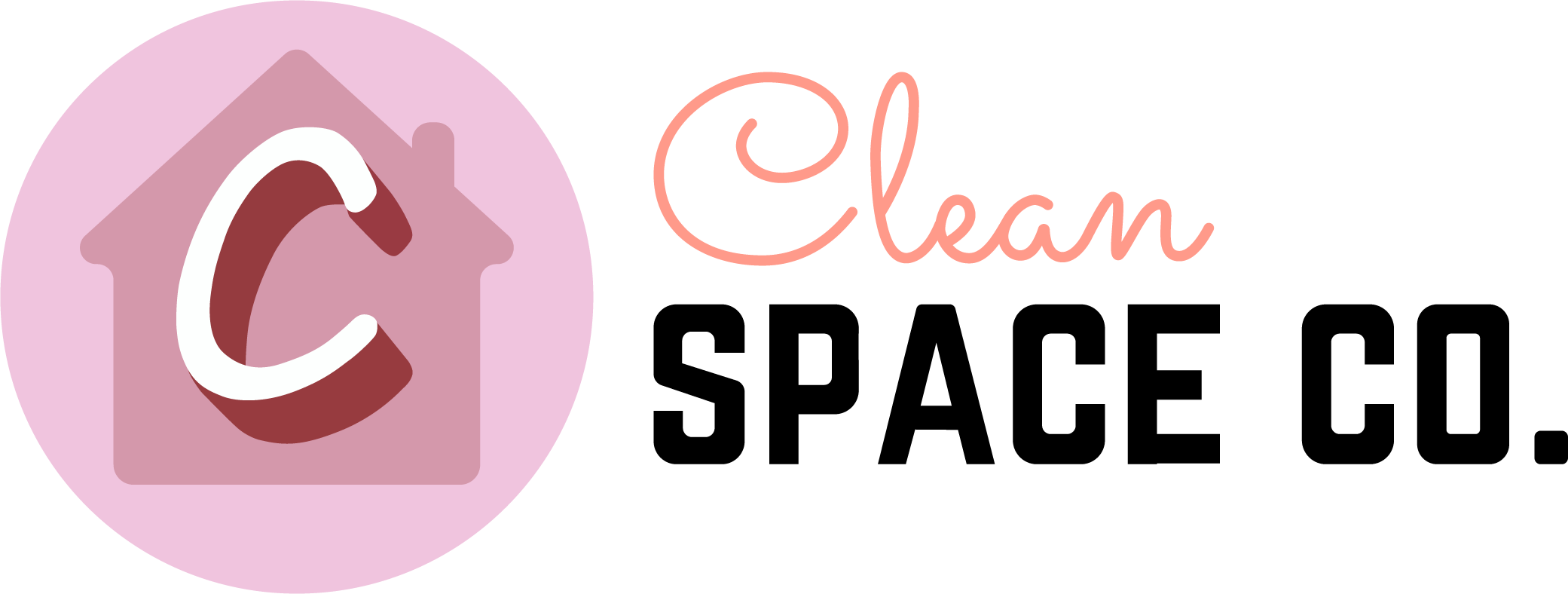Roof Repair After Storm Damage Sunshine Coast: Essential Steps to Restore Your Home
The Sunshine Coast is known for its stunning beaches and pleasant climate, but it can also experience severe weather events, including storms that can wreak havoc on your property. When storm damage occurs, particularly to your roof, it’s essential to act quickly and seek professional assistance for roof repair after storm damage Sunshine Coast. In this blog, we’ll discuss the importance of timely repairs, the common types of storm damage, and steps to take to restore your roof effectively.
The Importance of Timely Roof Repairs
- Preventing Further Damage: After a storm, a damaged roof can lead to more significant issues if not addressed quickly. Leaks can form, leading to water damage in your home, including mold growth, damaged insulation, and compromised structural integrity. Timely roof repair after storm damage Sunshine Coast can prevent these complications.
- Safety Considerations: A damaged roof can pose safety hazards, such as falling debris or structural collapse. If you suspect your roof has been damaged, it’s crucial to have it inspected and repaired as soon as possible to ensure the safety of your family.
- Cost-Effective Solutions: Addressing roof damage early can save you money in the long run. Small repairs are generally less expensive than waiting for the damage to worsen, which can lead to extensive repairs or even the need for a full roof replacement.
- Maintaining Property Value: A well-maintained roof is essential for preserving your home’s value. If you plan to sell your property in the future, potential buyers will be deterred by a damaged roof. Timely repairs can help you maintain your property’s curb appeal and market value.
Common Types of Storm Damage
Storms can cause a variety of issues for roofs, and understanding these problems can help homeowners recognize the need for roof repair after storm damage Sunshine Coast. Here are some common types of storm-related roof damage:
- Missing or Damaged Shingles: High winds can dislodge or tear shingles from your roof, leaving exposed areas vulnerable to leaks. Damaged shingles need to be replaced promptly to prevent further water intrusion.
- Hail Damage: Hail can cause dents and punctures in roofing materials, leading to potential leaks. Even minor hail damage can compromise your roof’s integrity, making it essential to address it as soon as possible.
- Debris Impact: Storms often bring debris, such as branches, which can land on your roof and cause punctures or other damage. Inspect your roof for signs of impact and arrange for repairs if needed.
- Gutter Issues: Storms can lead to clogged gutters filled with leaves and debris, preventing proper water drainage. Clogged gutters can lead to overflow, which can damage your roof and the foundation of your home. Ensuring your gutters are clear is vital for effective roof drainage.
Steps to Take After a Storm
If your roof has suffered damage from a storm, it’s crucial to follow these steps to ensure safe and effective repairs:
- Inspect the Damage: After the storm has passed, carefully inspect your roof for visible damage. Look for missing shingles, dents, and signs of water intrusion. If you’re uncomfortable climbing onto your roof, consider hiring a professional for an assessment.
- Document the Damage: Take photos of any damage for insurance purposes. This documentation will be crucial when filing a claim with your insurance company.
- Contact Your Insurance Provider: Reach out to your insurance company to report the damage and inquire about your coverage for roof repairs. They will guide you through the claims process and may send an adjuster to assess the damage.
- Hire Professional Help: For roof repair after storm damage Sunshine Coast, it’s essential to hire a qualified roofing contractor. Look for local companies with a good reputation, proper licensing, and insurance. They will have the experience to assess the damage accurately and perform the necessary repairs.
- Schedule Repairs Promptly: Once you’ve selected a roofing contractor, schedule the repairs as soon as possible. This will help prevent further damage and ensure your home is protected from the elements.
Choosing the Right Roofing Contractor
When it comes to roof repair after storm damage Sunshine Coast, selecting the right contractor is crucial. Here are some tips for finding a reliable professional:
- Research Local Contractors: Look for roofing companies that have experience with storm damage repairs and a strong presence in the Sunshine Coast area. Local contractors will be familiar with the specific challenges posed by the region’s climate.
- Read Reviews and Testimonials: Check online reviews and testimonials from previous customers to gauge the quality of service provided by the contractor. A company with positive feedback is likely to deliver satisfactory results.
- Request Quotes: Get estimates from multiple contractors to compare pricing and services. Be cautious of quotes that seem too low, as they may indicate subpar work or materials.
- Verify Licensing and Insurance: Ensure that the roofing contractor is licensed and insured. This protects you from liability in case of accidents during the repair process.
Conclusion
Roof repair after storm damage Sunshine Coast is a critical step in protecting your home and ensuring the safety of your family. By acting quickly and seeking professional assistance, you can prevent further damage, save on repair costs, and maintain your property’s value. Understanding the common types of storm damage and following the necessary steps after a storm will empower you to handle these situations effectively. Don’t wait for the next storm to hit—be proactive and ensure your roof is ready to weather whatever comes your way.

